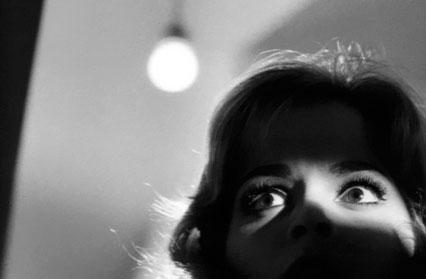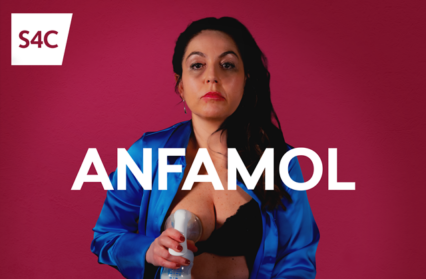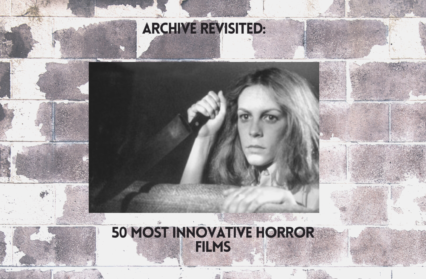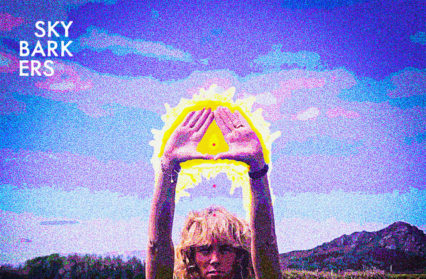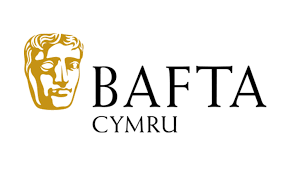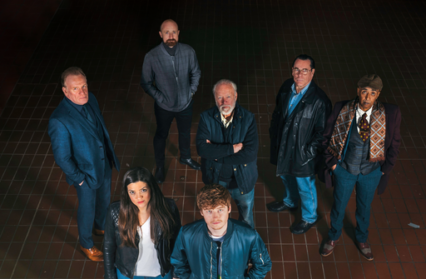As the credits role on French art house horror Amer (Helene Cattet and Bruno Foranzi, 2009), an interesting and visually arresting experiment in non-linear horror, I am baffled by so many online critics disappointment that it doesn’t live up to reports of giallo homage. Giallo (meaning yellow in Italian) comes from the yellow paperback thrillers that were distinguished by their yellow covers popular in the 1930s; it wasn’t until the 1960s that these pulp mysteries became popular on film, combining atmospheric settings, beautiful people in strange circumstances, and sudden visceral violence amongst other things. Amer is more a series of vignette tributes to the aspects of giallo thrillers and wider Italian horror. There is the unmistakable unease that great Italian horror fills you with, filmic gestures of terror that you can’t quite put your finger on, elements of black magic that confound the linear story, a black gloved stalker who occasionally bursts into extreme, a terrorized heroine who may or may not be to blame for the carnage, and inanimate objects seemingly coming to life and leading the characters in increasingly tense and dangerous situations. Oh and did I mention the distinct link between sexuality and death?
It was really with this last element that Italian horror cinema really got going when Mario Bava made his first classic Black Sunday (1960), a beautifully filmed and realised Gothic meditation on sex, death and revenge, usually all at the same time. The seductive beauty of Barbara Steele, filmed in stunning black and white, makes you forget that she is indeed a corpse. Black Sunday is the perfect distillation of where, not just Italian, but worldwide horror would go: serious, fascinating, morbid, thrilling, violent. It’s power was such that it was banned in Britain until 1968; perhaps the allusions to violence and sex were just too much for British sensibilities (in fact, it is this element of horror that largely informed the video nasties scare of the 1980s).
Bava is a visionary in cinema and especially saw where horror cinema could go, you can see it in every filmic statement he made. The next horror film Bava makes, The Girl Who Knew Too Much (1963), seems to be a fairly standard giallo thriller compared to Black Sunday, but in actual fact Bava is slowly prescribing the language of the future of horror. The Girl Who Knew Too Much is really the first giallo film and, by that rationale, pretty much the grandfather of the slasher thriller. The terrorized lead character is alone and is reliant on the trust of a stranger who may or may not have her best interests at heart whilst a killer roams the streets of Italy and cops are clueless and useless. The true horror being that when it boils down to it we are all alone and if a black gloved killer decides to stalk and slash us, we’re probably going to have to face up to it that way. Bava was way ahead of other horror auteurs, and this new language didn’t take long to affect horror cinema inside and out of Italy. In America, Roger Corman’s American International Pictures released Bava’s films, and the next generation of horror filmmakers took note.
Bava made many films during his career; comedies, sword and sandals epics, and the odd western, but it was with horror that his genius really found a voice. That’s not to say that Bava’s horror isn’t full of fun and comedy as well as pure fear and scares. Those who worked with Bava report him to be the perpetual joker, understanding the hilarious thrill of being frightened. Bava’s scenes are drawn out of fear but drawn out so much that you might feel yourself giggling… nervously… but giggling. Bava’s humour sometimes spills out more literally, like the original ending of Black Sabbath (1963) in which the camera pulls back to reveal the crew waving trees around Boris Karloff astride a fake horse. It takes the viewer immediately out of the terror of the preceding film but it’s more than that: Bava is winking at us. He is a fan of horror too, just like us, the wink is for us and a realisation that fear is fun. All horror fans understand this and all critics of horror don’t. This is only one way in which Bava’s craft legitimises horror as art and as classic as any highly regarded masterpiece of cinema. Bava is a king amongst directors, maybe the king
Over the next decade Bava’s filmography is full of ground-breaking moments in horror. Bava took the idea of vibrant, colourful terror to such a masterful level that it affected all new routes through fantasy. Yes, Ealing Studio’s Dead Of Night was made in 1945, but for my money Amicus Studio’s classic run of portmanteau horrors took their lead from the colourful excess of Black Sabbath (1963). Every single slasher and giallo owes a debt to Blood And Black Lace (1964), a truly scary stalk and slash thriller made fifteen years before this was even a sub-genre. You must have heard the story that Ridley Scott’s Alien (1979) is indebted to an obscure sixties b-movie, right? Well, some scenes are a direct lift from Bava’s Planet Of The Vampires (1965). Kill Baby Kill (1966), you could argue, with the ghostly apparition of a spooky child as its villain, predates Japanese horror cycles like Ju On:The Grudge (2002) and The Ring (1998). Also, check out his comic book adaptation Danger:Diabolik (1968) for the source of today’s semi-serious superhero franchises like The Dark Knight trilogy and the Marvel cycle of films. Bava even notched up a genuine video nasty in Twitch Of The Death Nerve aka Bay Of Blood (1971) which found itself at the hands of unenlightened politicians and was banned during the video nasties scare of the early eighties, not to mention that all of it’s gruesome deaths were pinched wholesale ten years later for the underwhelming Friday The 13th Part 2 (1981), which wasn’t banned (Don’t get me started!).
The overwhelming influence on film that Bava exerted has really never been equalled. The mantle has been taken and taken further in horror, perhaps most obviously by Dario Argento and his classic giallo The Bird With The Crystal Plumage (1970) and onto his supernatural fever dream classics Suspiria (1977) and Inferno (1980). The giallo genre continued with ever more bizarre and twisted turns like a Humphrey Bogart impersonator investigating outrageous violence in Paris in French Sex Murders (1972) or Serge Gainsbourg as a Scottish policemen investigating murders committed by a gorilla named James (seriously!) in Seven Deaths In The Cat’s Eye (1973). Of course giallo kind of turned into the Scandinavian thriller genre with The Girl With The Dragon Tattoo (2009) and, on TV, The Bridge (2011). But, Bava is singular in his talent, in his humour, and in his ability to purely and simply scare the pants off us.


